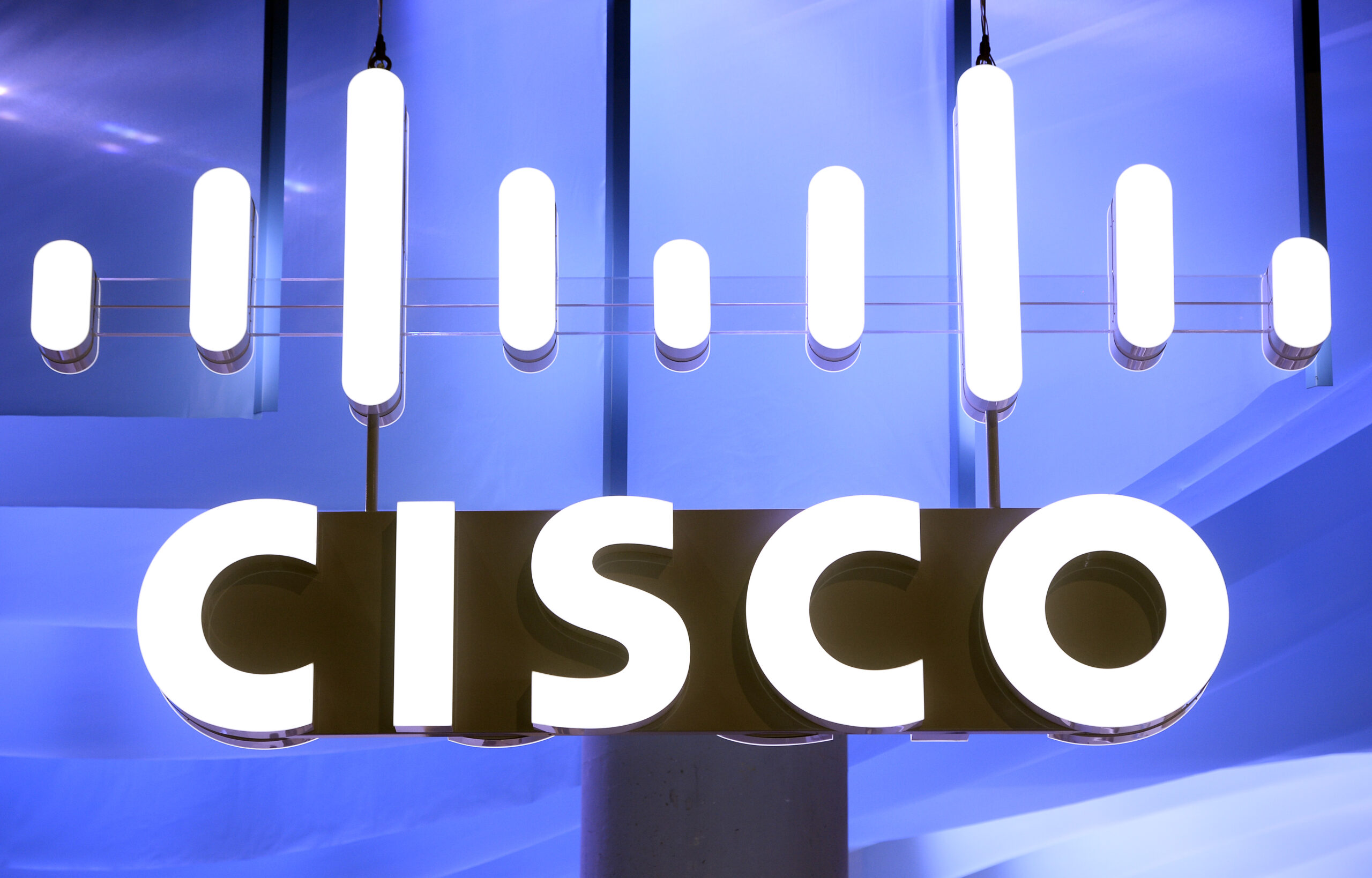
Cisco is at the forefront of integrating artificial intelligence (AI) into its Webex suite, introducing a series of new features aimed at boosting productivity for individuals whether they’re working from home, in the office, or operating within a contact center environment.
The company has made strides with the general availability of generative AI capabilities, a significant update first teased in October 2023. Among these capabilities is the Cisco AI Assistant for Webex, which offers users enhanced summarization and chatbot functions. Adding to this, Cisco has unveiled a beta version of a novel feature within the Cisco AI Assistant for Customer Experience (CX), specifically designed to identify signs of burnout in contact center agents and offer timely assistance.
How Is Cisco Advancing AI in Collaboration Tools?
This update positions Cisco uniquely in the competitive landscape of AI-enhanced meeting and collaboration platforms, standing out amidst rivals like Microsoft Teams, Google Meet, Zoom, and Otter AI, all of which are also escalating their feature sets. However, Cisco distinguishes itself by incorporating more context and network capabilities, especially aimed at enhancing customer experiences across the board.
Anurag Dhingra, Cisco’s SVP, Chief Technology Officer, and Head of Engineering for Collaboration, emphasized the company’s focus on leveraging AI to improve customer experiences beyond the conventional scope of knowledge workers and frontline staff. This focus extends notably into the realm of contact centers, where AI’s potential to transform operations is increasingly recognized.
Enhancing Customer Service with AI
The introduction of AI into the Webex Contact Center is among the highlights of this update. Cisco’s new AI features for the Webex Contact Center include:
- Topic Analysis: Utilizes AI to analyze the reasons behind customer inquiries and identify trending issues.
- Response Suggestions: Employs AI to propose response options for agents, enhancing efficiency and accuracy in customer service.
- End-of-Call Summaries: Leverages AI for generating call summaries, which provide valuable insights for continuous improvement.
These functionalities promise to streamline operations and enhance the efficiency and efficacy of customer service agents.
The initiative to address agent burnout through AI is particularly innovative. By predicting when an agent is nearing burnout and how it’s affecting their customer interactions, the feature allows managers to intervene proactively—possibly by adjusting call queues or providing necessary breaks to the affected agents, thereby maintaining service quality.
In addition to these advancements in contact center technology, Cisco is also expanding the capabilities of its AI Assistant for Webex. This expansion includes real-time translation of messages within chat spaces and messaging channels, a significant leap from the previously available translation for meeting closed captions. The translation feature is remarkably comprehensive, supporting over 100 languages.
Cisco Introduces New Hardware Devices
Complementing these software advancements, Cisco announced two new hardware devices aimed at facilitating a smooth transition back to office work:
- Cisco Board Pro G2: A touch collaboration device designed to enhance interactive collaboration and presentations.
- Cisco Desk Phone 9800 Series: A network-optimized phone with integrated Webex capabilities, facilitating seamless access to personal communication tools and workspaces.
These innovations are part of Cisco’s response to the emerging back-to-office mandates highlighted by a global study involving 14,000 employees and over 3,000 employers across 19 countries, which revealed that 80% of employers worldwide are initiating some form of office return policy.
These hardware solutions are tailored to support modern workplace dynamics, such as the need for ‘hot swap’ desks, enabling employees to log in and out of devices seamlessly to access their personal communication tools and workspaces. This approach underscores Cisco’s commitment to enhancing user experiences in office settings, leveraging the latest in AI and hardware innovations to meet the evolving demands of the modern workforce.
By offering a comprehensive suite of AI-powered features and new hardware designed to facilitate a return to office work, Cisco’s latest Webex updates highlight the company’s dedication to advancing productivity and customer experience through technology. These updates not only showcase AI’s potential to transform the workplace but also address critical issues like agent burnout, setting a new standard for AI applications in business environments.
Related News:
Featured Image courtesy of JOSEP LAGO, AFP via Getty Images
